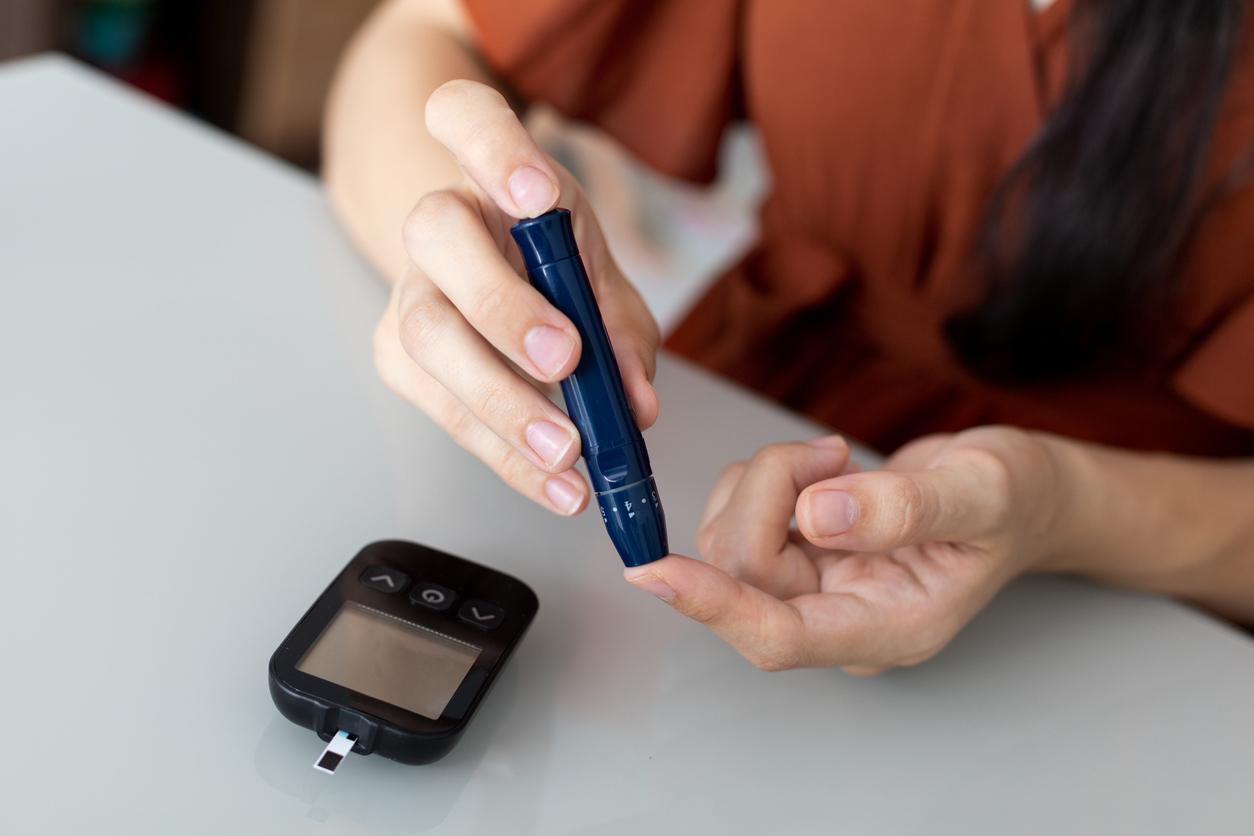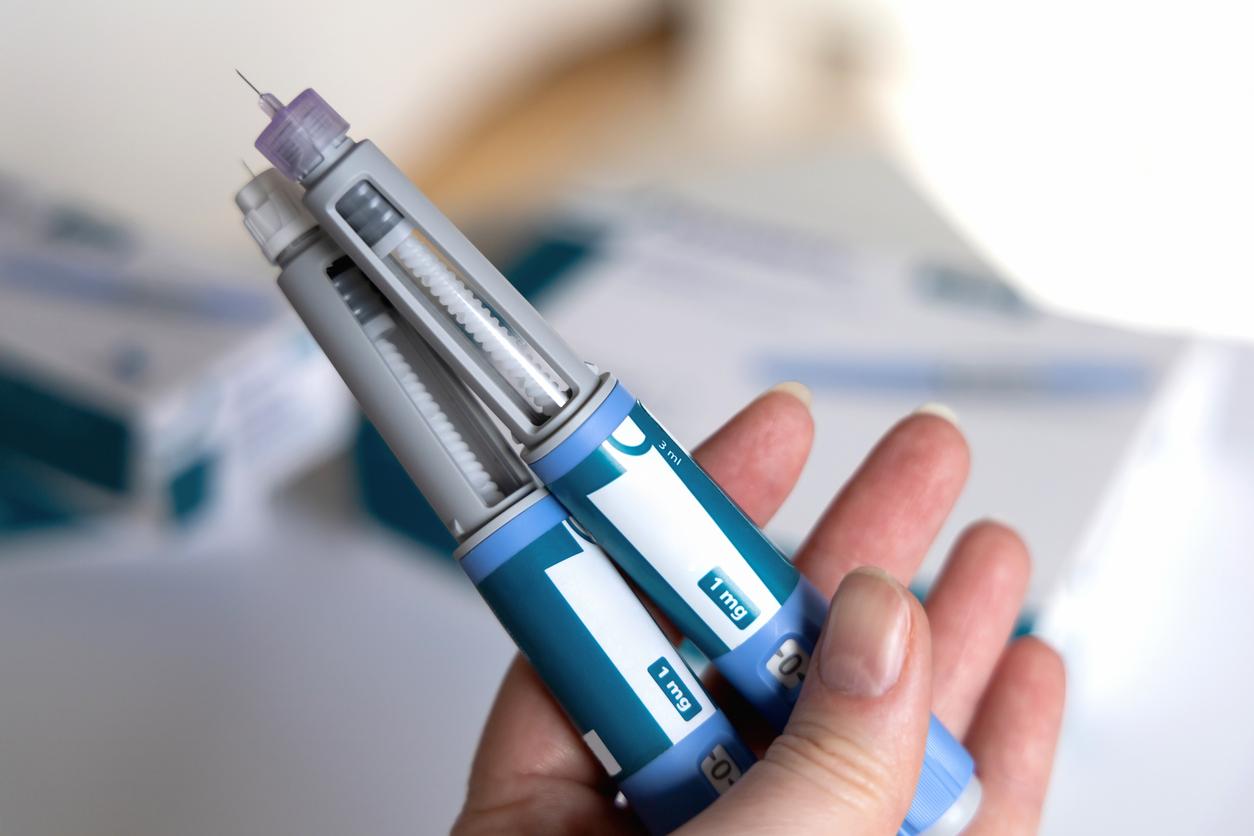Children of diabetic mothers are at risk for neural tube defects. A new study carried out on mice has identified the mechanism at the origin of these malformations, which would be due to the premature aging of the neural tissue.

- In mothers with diabetes, the risk of birth defects of the neural tube are significant. The cause: premature aging of neural tissue.
- The study, conducted on diabetic mice, however, shows that it is possible to stop this premature aging and therefore limit the risk of malformations by using an anticancer drug, rapamycin.
In France, nearly 1 million women of childbearing age suffer from diabetes, a disease caused by the disruption of blood glucose levels. Even treated with insulin, diabetes can cause fetal malformations, particularly of the neural tube: the tissue that will form the brain and spinal cord does not develop properly, which can lead to miscarriage or a profound disability.
But until now, researchers knew nothing about the mechanisms involved in these malformations. In a study published in June in the journal Science Advancesa multidisciplinary team conducted research on mice and concluded that diabetes causes premature aging of neural tissue, which leads to birth defects.
“Although diabetes is a disease generally associated with an older population, the modern epidemic of diabetes in young people is largely fueled by obesity and inactivity. At the same time, many age-related diseases are affected by diabetes, and we now know that hyperglycemia seems to induce or reinforce premature embryonic aging, explains Dr. Peixin Yang, from the Center for Birth Defects Research at the University of Maryland School of Medicine (UMSOM). For several decades, our hypothesis was that premature aging, known as senescence, occurs in the fetuses of diabetic mothers and is, in part, the cause of these birth defects. It’s only recently that we’ve had the tools and the technology to be able to test our hypothesis.”
A reversal of the premature aging process
As part of their work, the researchers conducted work on mice genetically modified to develop mutations mimicking diabetes. They then found that the neural tube tissue of 8-day-old mice born to diabetic mothers contained markers of premature aging. On the other hand, these markers were not present in mice from non-diabetic mothers. The researchers then found that cells with markers of premature aging secreted a host of other chemical signals that caused neighboring cells to die.
The researchers then treated the baby mice from diabetic mothers with rapamycin, an anticancer drug known to block toxic chemical signals from being released by prematurely aging cells. They then found that the pups treated with rapamycin had fully formed neural tubes, like those of pups born to non-diabetic mothers.“This drug essentially allowed senescent cells to behave normally”says Dr. Yang.
The hope of targeted therapies to prevent birth defects
While these results suggest that more specialized therapies could be developed to prevent miscarriage or birth defects in babies born to diabetic mothers, rapamycin may not be a viable treatment to prevent these neural tube defects. Indeed, this drug affects too many other cellular processes and may be toxic, so it would not be a viable treatment for preventing neural tube defects in human infants.
The next stage of research is to see if the heart and kidney defects seen in fetuses born to diabetic mothers are caused by the same mechanism of senescence. “If so, this would suggest that we can develop a unique treatment that is more specialized in these developmental processes to prevent this spectrum of birth defects.”concludes Dean Reece, co-author of the work.

.















